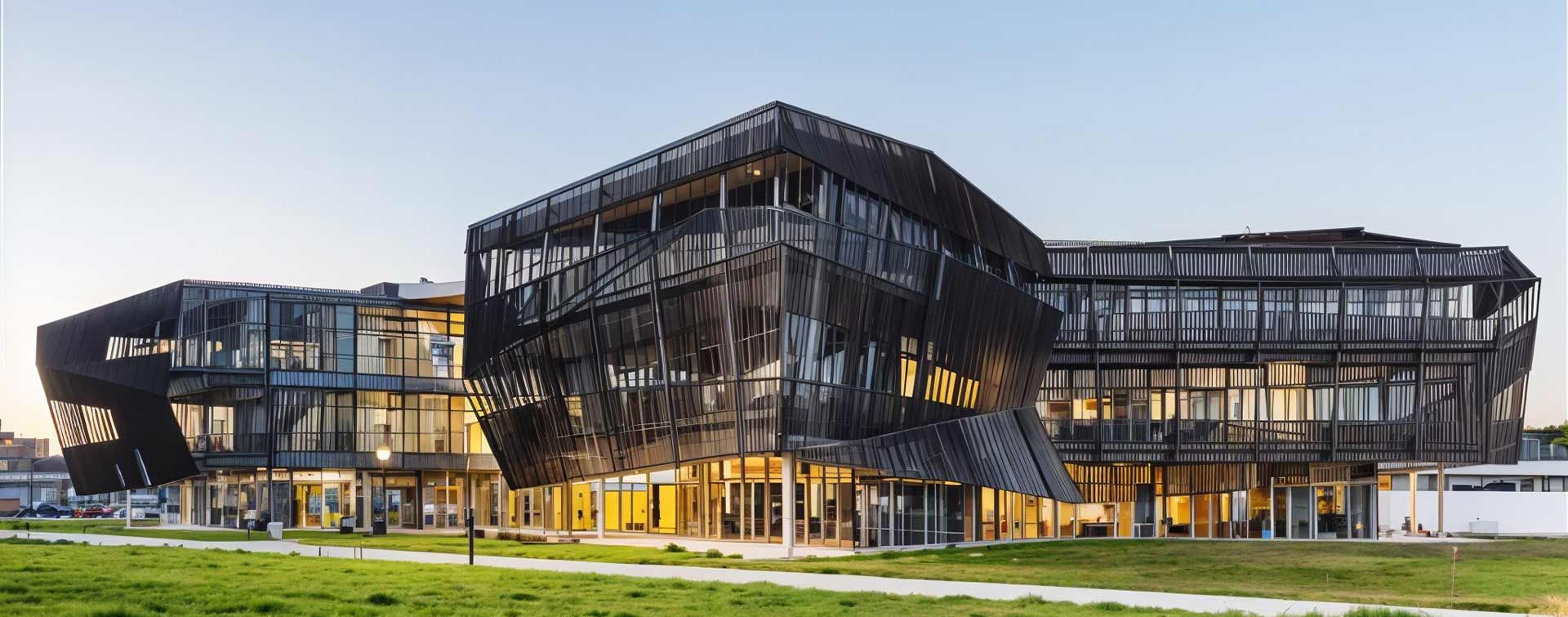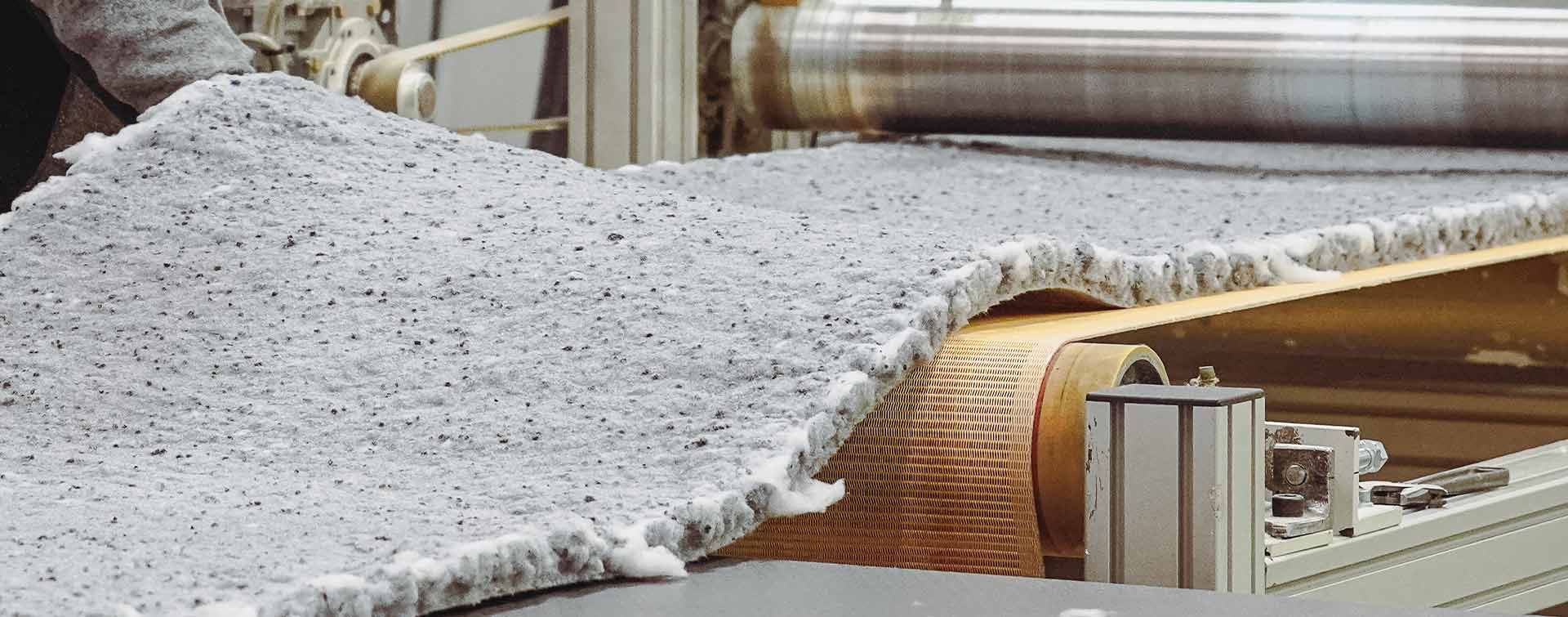 6 min
6 min
Knowing how to orient a building or test the placement of its windows to optimize its energy efficiency, predicting the impact that it will have on a given resource, reducing a building project’s timeframes, making sure that the materials are sustainably sourced… All these possibilities are now open to those involved in construction thanks to digital innovations that provide them with real antennae for better connecting to their projects’ current and future reality. In other words, by facilitating their choices toward greater sustainability.
AI for buildings with optimized consumption
Already implemented in the construction sector, for example to simulate real estate projects or monitor construction work in real time, artificial intelligence (AI) systems are now integrating buildings to encourage a reduction in their carbon emissions. Thanks to smart meters and sensors, AI relies on precise and detailed data on how the building is used in order to suggest optimizations.
35 to 40%
energy savings thanks to remote energy management of buildings
For their part, GreenTech companies such as Eficia and Agrid design smart building solutions for the 24/7 remote energy management of buildings. On the basis of this constant monitoring, the heating, air conditioning, and lighting are adjusted, leading to energy savings that can reach 35 to 40%. Moreover, turning to AI helps anticipate energy needs according to past consumption models, weather conditions, and other factors in order to optimize energy production and distribution. A system of this kind was put in place in 2020 in two high schools in the town of Bergneustadt near Cologne (Germany), by Vinci Facilities Solutions and the company Dabbel, which specializes in self-sufficient building management. 20 to 30% savings on energy costs have been noted.
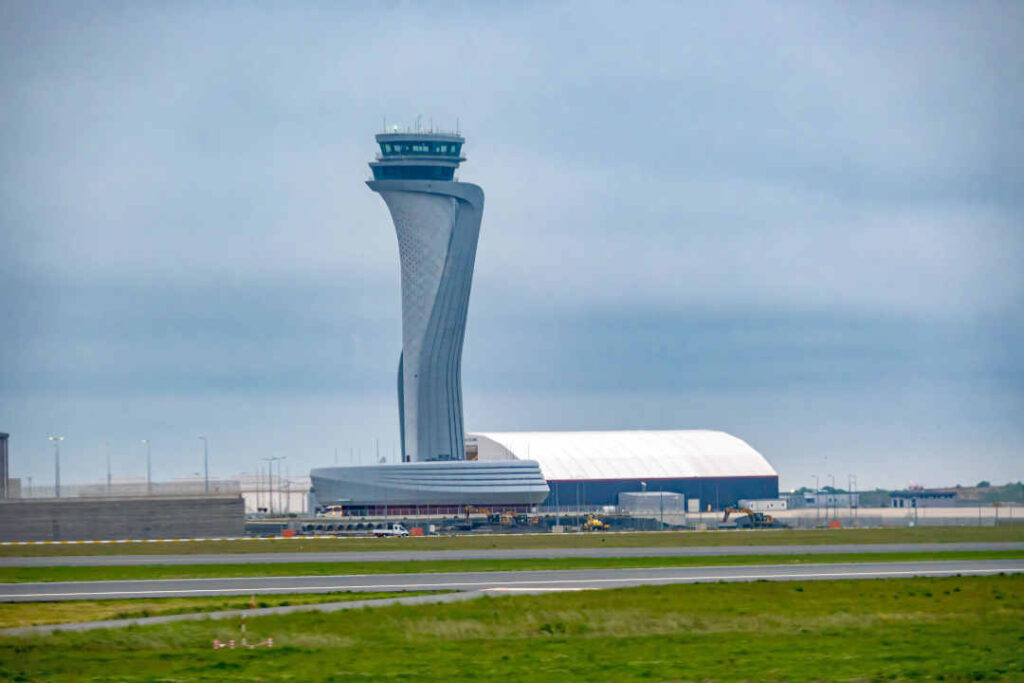
BIM to model energy efficiency
Building Information Modeling (BIM) is a construction project management methodology based on a 3D digital model with structured data. It promotes collaboration and optimizes the analysis, simulation, and control of various aspects such as the project’s design, construction, logistics, and environmental footprint. Widely adopted in the United States, BIM is mandatory in certain countries such as Chile, South Korea, and Denmark, and is growing in Europe, especially France. It may evolve toward RIM (Resource Information Modeling), which ensures the traceability of materials, calculation of their carbon impact, and planning of their deconstruction and recycling.
48 %
of industry players see BIM as a strategic priority.<br /> (2021 barometer on digital and BIM use by construction professionals.)
In recent years, BIM has been used in the construction of major infrastructure such as Istanbul airport (Turkey), one of the largest in the world. It is also one of the most sustainable, particularly due to a rainwater harvesting system, a graywater treatment plant, and a solar energy system that offsets the airport’s energy consumption by 10%. Thanks to BIM, the environmental effects of the airport’s construction were limited and an environmental management plan put in place to promote biodiversity, notably via a bird radar and a wildlife management program.
The 2017 Autodesk AEC Excellence Awards’ sustainable design prize was awarded to the “Whizdom 101” project in Bangkok (Thailand) for its use of BIM technology with the aim of reducing energy consumption. The Autodesk software analyzed stormwater runoff, natural ventilation, and air quality. Through BIM modeling, the project’s design was able to be adjusted to achieve the sustainability goals by changing the building’s orientation, mass, and envelope.
Last but not least, Baku National Stadium (Azerbaijan) was entirely designed using BIM to be as energy-efficient as possible. From its roof made of ethylene tetrafluoroethylene (ETFE) to the rainwater harvesting method, BIM marked every step of the process.
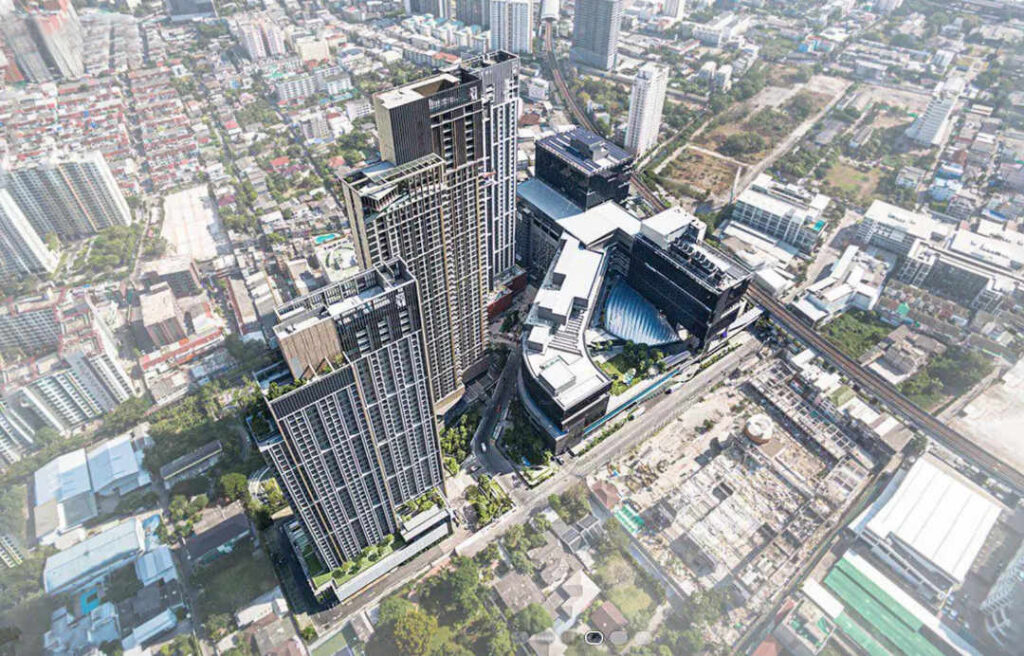
Digital twins for real-time performance optimization
Digital twins are virtual models of objects designed to accurately reflect a physical object, such as machines or buildings, created using precise and continually updated data. Fed by Internet of Things (IoT) sensors installed on equipment, they collect direct information from their use. Integrated into the BIM process, they offer a virtual representation, a real “living” parallel version of the project in real time throughout its life cycle.
Sustainable construction players use them, among other things, to optimize resources, monitor energy efficiency, predict maintenance needs, and reduce GHG emissions. For the “2 Aldermanbury Square” project, for instance, located at the heart of the City of London (United Kingdom), a digital twin compares and chooses the most appropriate energy plant option and precisely predicts the buildings’ actual energy consumption.
Ranked at the top of IMD’s* Smart City Index in 2020 and 2021, the city-state of Singapore has created its “Virtual Singapore” digital twin in collaboration with the French software company Dassault Systèmes, to obtain real-time information about temperature, humidity, sunshine, traffic, or noise levels, that is useful for optimizing the city’s functioning.
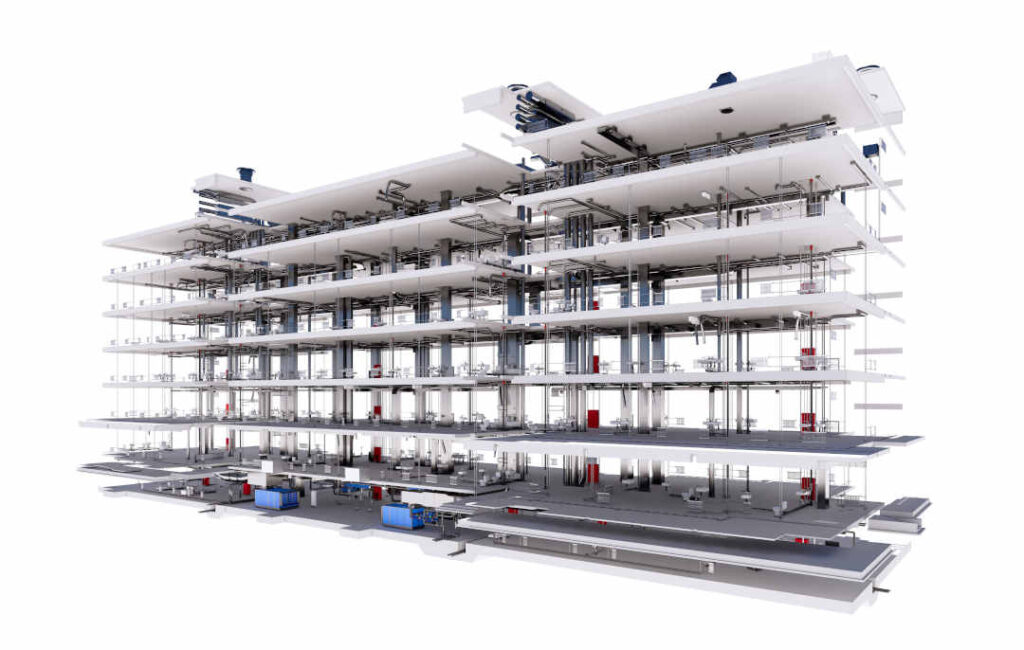
IoT sensors to improve resource management
The Internet of Things (IoT) denotes an interconnected physical infrastructure network, incorporating devices such as sensors, radios, and routers to collect and exchange wireless data. In terms of managing buildings and installations, the IoT offers significant environmental advantages by optimizing energy resources: for example, sensors monitor room temperature and occupancy in real time, automatically triggering the heating or air conditioning according to predefined thresholds. In the “545 Wyn” office building in Miami’s Wynwood neighborhood in Florida (United States), 120 room temperature sensors have been installed. They measure the temperature, humidity, and CO2 to improve indoor air quality, occupants’ comfort, and the building’s consumption. This ability to instantly provide precise data helps reduce wastage and improve resource management. Thanks to its 14,000 sensors generating up to 100 terabytes of data per day, Intel’s PTK1 building in Israel is said to be 40% more energy-efficient than traditional offices and consume up to 75% less water using effective technological methods.
As well as making buildings more environmentally friendly, IoT technology is itself becoming more ecological, thanks to innovations such as adjusting the transmission power, energy-efficient routing techniques, and low-energy standby modes.
Blockchain for enhanced traceability
Since it appeared in 2009, blockchain has profoundly changed the way in which digital data are stored and exchanged. It offers matchless security and removes the need for trusted third parties. Even if certain types of blockchains, notably those based on a Proof-of-Work consensus algorithm, are criticized for their high energy consumption, new technologies, such as those based on the Proof-of-Stake model, expend much less energy and offer a more environmentally-friendly alternative.
The construction sector can integrate blockchain for numerous uses, particularly the implementation of smart contracts confirming transparent monitoring of the construction steps, with a view to guaranteeing traceability of the materials or improved waste management. Accordingly, the Cyclop platform created by Trace and IBM proposes adopting blockchain to trace the life cycle of waste from beginning to end, combining all the traceability documents issued by the different actors.
Certain stakeholders such as IBM are combining blockchain and the Internet of Things to monitor the state of equipment in buildings in real time and identify problems before they become critical, which reduces costs and optimizes energy efficiency. In another example, the Bau app connects blockchain and IoT technologies to the Metaverse, to monitor the vehicles, equipment, and construction materials used on a building site in real time.
However, there are a few drawbacks: to date, over and above its high energy consumption, the cost and complexity of operating a blockchain remain excessively high for many players and, above all, this technology requires an ecosystem-based functioning that the construction market has not yet structurally adopted.
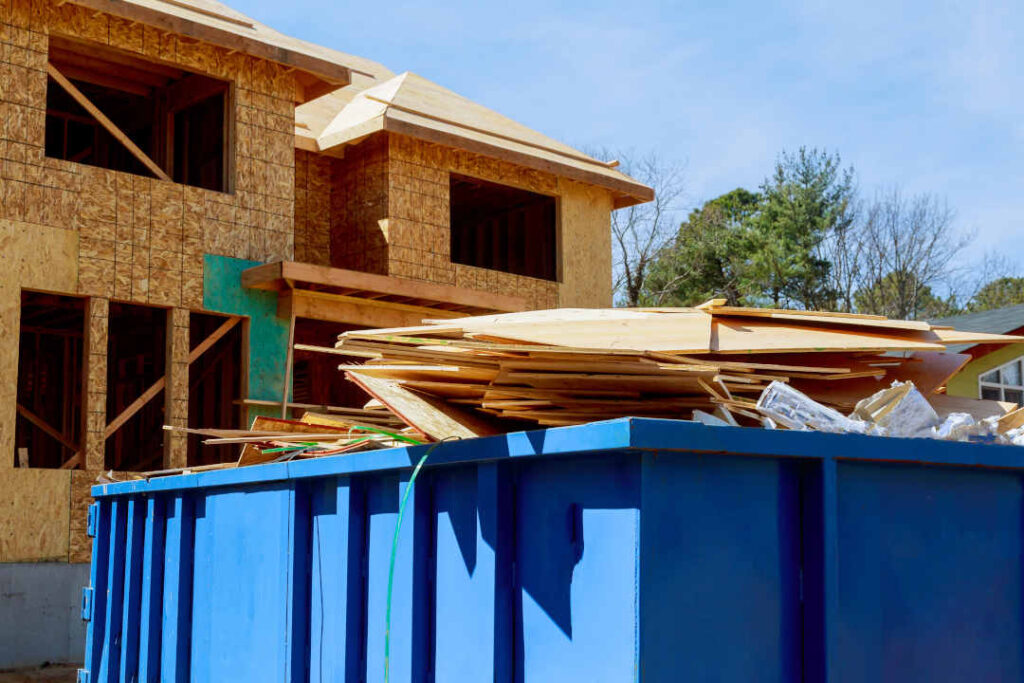
Smart grids for better energy management in cities
Smart grids incorporate information and communication technologies (ICT) to optimize energy distribution or production and, more generally, manage flows (electricity, gas, heat, water, sanitation, waste, mobility, etc.) in an urban environment. Adjusting consumption according to production, they facilitate the integration of intermittent renewable energies. Thanks to smart grids, buildings and infrastructure in the “smart” city are interconnected in real time, which encourages equipment pooling and flow optimization across a district or city, thereby reducing their carbon footprint. With smart grids, we are moving from the concept of smart cities to smart buildings.
* The International Institute for Management Development is a business school based in Lausanne (Switzerland) and Singapore.
Photo credits: ©Tang Yan Song/Shutterstock, ©Hasan Zaidi / Alamy, ©GEOLN.COM, ©black_mts/AdobeStock, ©ungvar/AdobeStock







